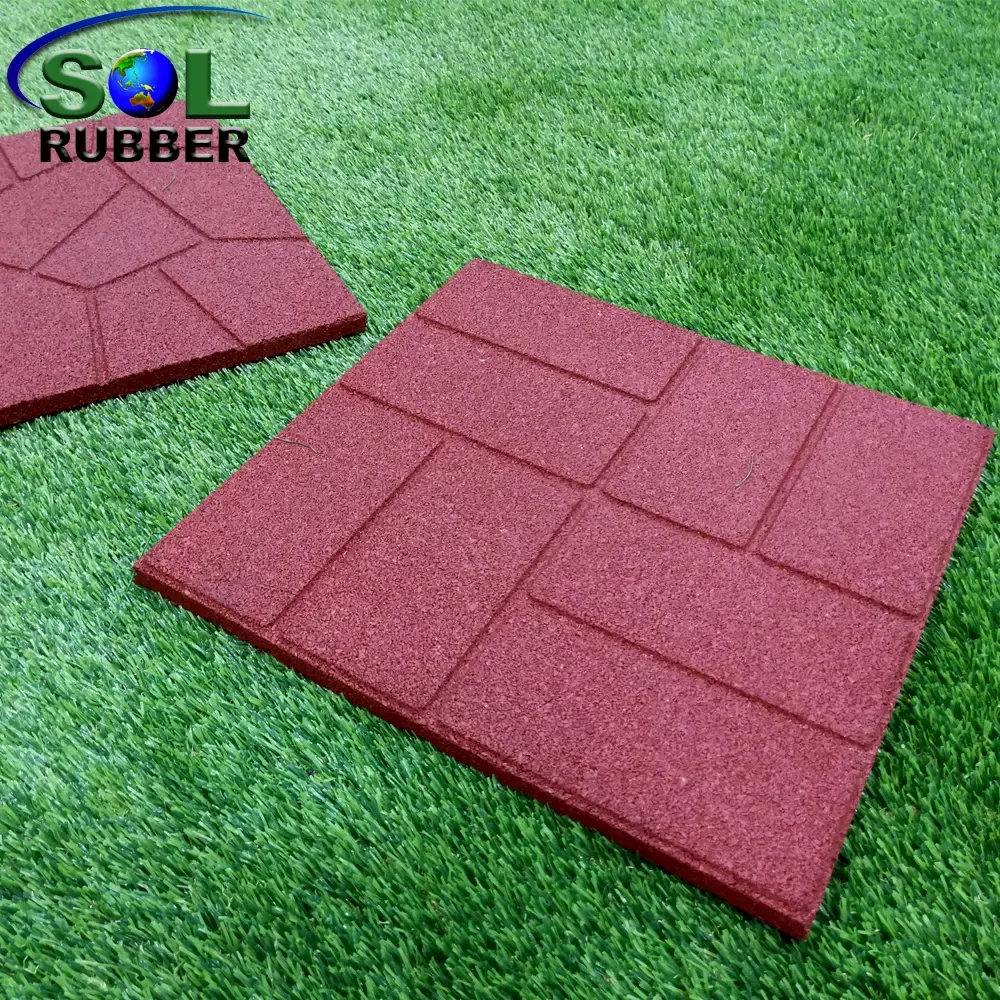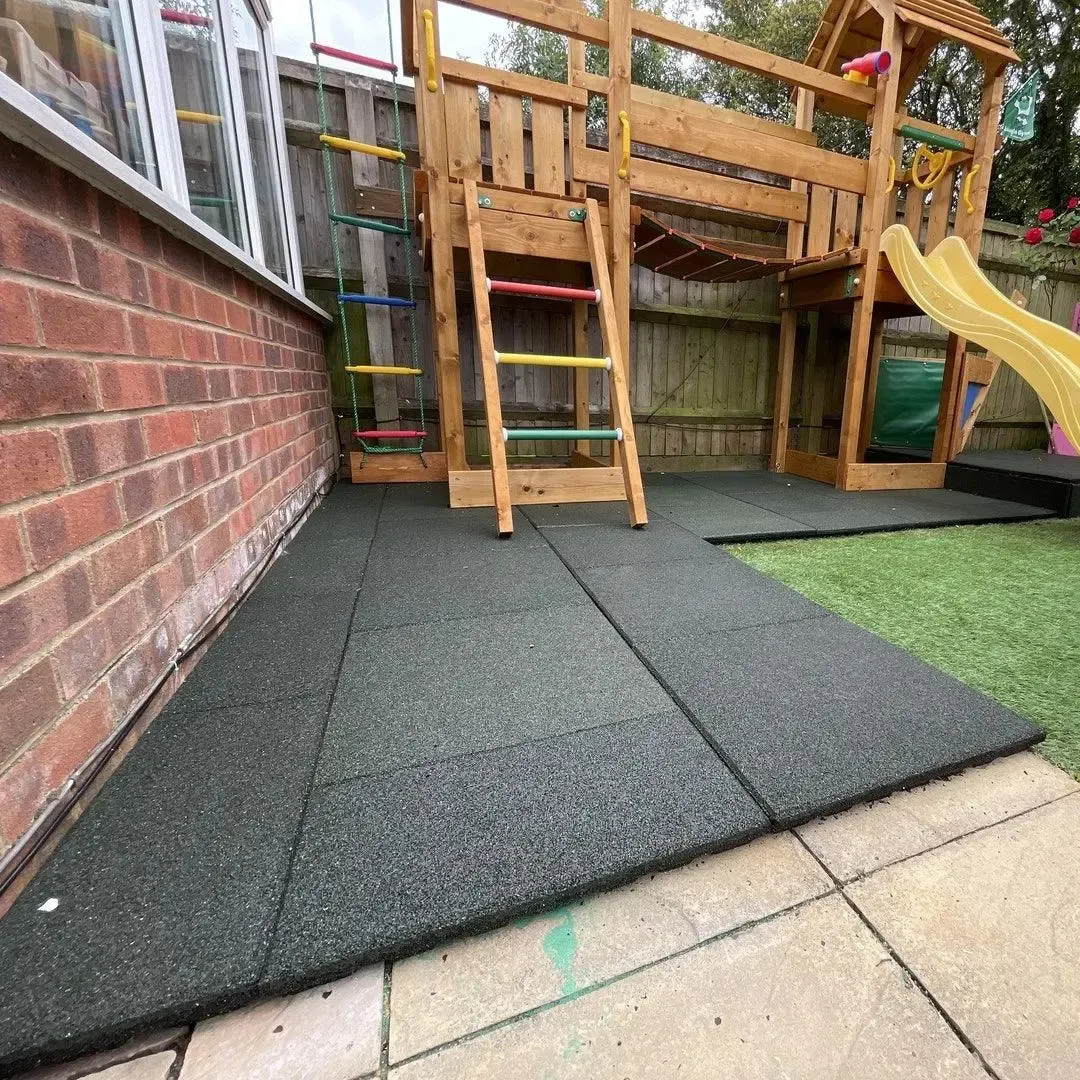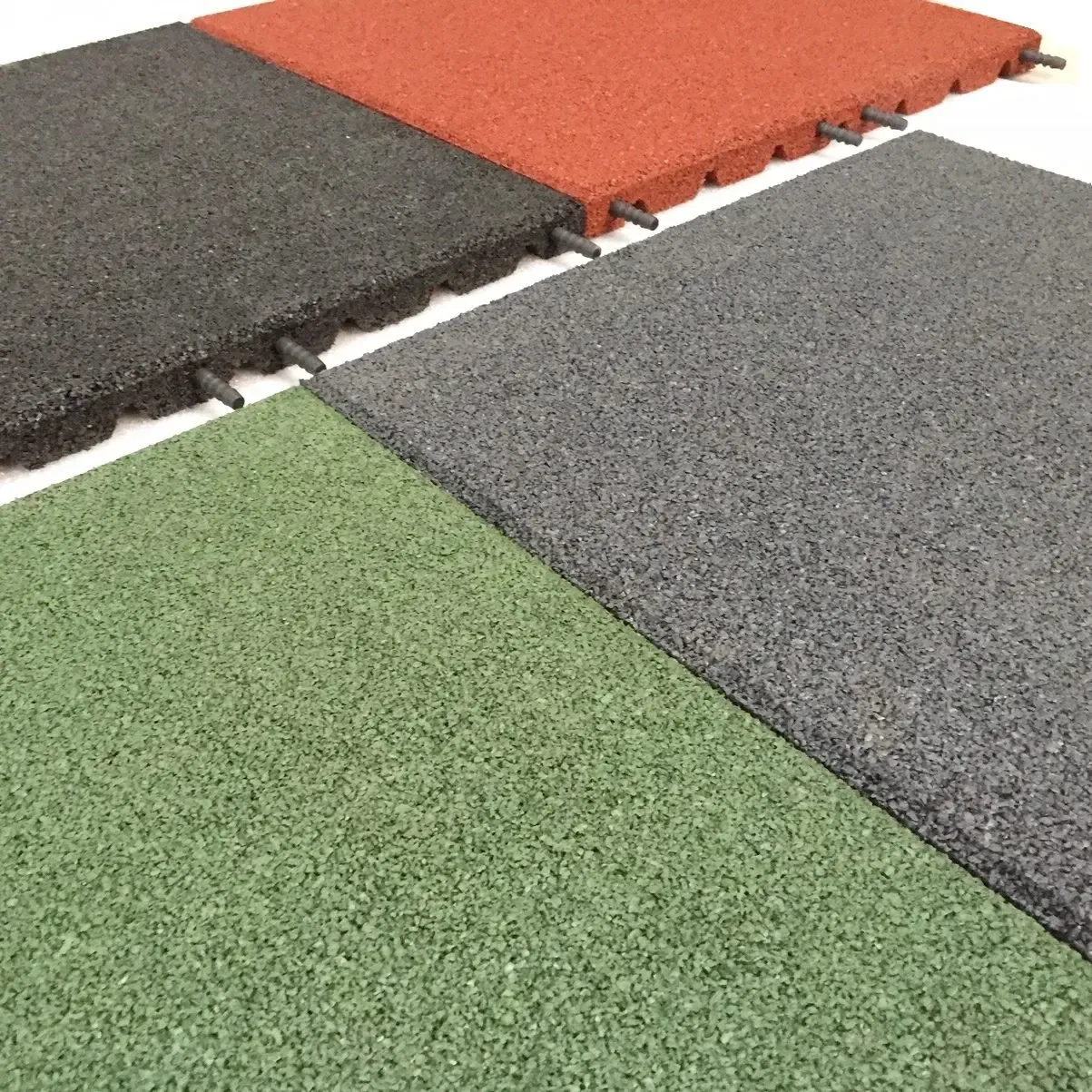Table of Contents
Watching kids play outdoors brings joy, but safety is always the top priority for parents, schools, and communities. Hard surfaces like concrete or even compacted dirt can lead to serious injuries from falls. This is where the right surfacing makes a critical difference. We're talking about rubber outdoor playground mats. These aren't just another layer on the ground; they are a fundamental safety feature designed to cushion impacts and reduce the severity of tumbles, which, let's face it, are part of every kid's play experience. Choosing the right material is crucial for creating a secure play zone. Throughout this article, we will explore what rubber outdoor playground mats are, why they are an essential safety investment, how to select the best ones for your specific needs, and cover the basics of getting them installed and keeping them in good shape. Get ready to understand why these mats are a game-changer for playground safety.
What Are Rubber Outdoor Playground Mats?

What Are Rubber Outdoor Playground Mats?
Defining the Cushion: What They Are
So, you're diving into playground surfacing? Smart move. The core of it, when we talk about cushioning falls, often comes down to rubber outdoor playground mats. Forget those old-school wood chips that end up everywhere but where you need them. These mats are purpose-built safety surfaces. They're primarily made from recycled rubber, often from old tires. This material is ground down, mixed with binders, and then molded or pressed into various forms. The goal is simple: absorb impact energy when someone takes a tumble, especially from heights like swings or slides. They create a consistent, stable surface that doesn't scatter like loose materials.
Forms and Functions of Rubber Mats
These aren't one-size-fits-all deals. Rubber outdoor playground mats come in a few main styles, each suited for different spots and needs. You've got the interlocking tiles, which snap together like giant puzzle pieces to cover larger areas. Then there are the individual mats, often thicker and placed specifically under high-impact zones like swing sets or at the base of slides where kids land. Some even come in rolls for covering long pathways or specific sections. They're designed to be weather-resistant, draining water effectively so they aren't slick after rain. Think of them as the crucial safety net built right into the ground surface.
Here's a quick look at common types:
- Interlocking Tiles: Good for covering large, uniform areas.
- Individual Mats: Ideal for targeted placement under equipment like swings or slides.
- Rolled Rubber: Useful for walkways or specific activity zones.
Why Choose Rubber Outdoor Playground Mats for Safety?

Why Choose Rubber Outdoor Playground Mats for Safety?
Reducing the Impact: The Core Safety Feature
Alright, let's get down to the brass tacks of why rubber outdoor playground mats are a serious upgrade. The main event here is impact absorption. Think about a kid falling from a swing. If they land on concrete, well, you don't need me to paint that picture. Even gravel or wood chips, while better, can scatter, leaving hard spots, or they just don't have the consistent cushioning needed for higher fall heights. Rubber mats are engineered specifically to compress and disperse that energy. They have tested critical fall heights, meaning manufacturers can tell you exactly how high a child can fall onto that particular mat and still be within safety standards to significantly reduce the risk of severe head injury. It's not about preventing falls entirely – kids will fall – it's about making those falls much less dangerous.
Beyond Just Bouncing: Other Key Advantages
Safety isn't just about the hard hits, though. Rubber outdoor playground mats offer a bunch of other perks that contribute to a safer play environment. For starters, they provide a stable, even surface. This makes playgrounds far more accessible for kids (and adults!) using wheelchairs, strollers, or who just have mobility challenges. Loose fill surfaces? A nightmare for accessibility. Plus, these mats are way lower maintenance. No more raking scattered mulch back under the swings every other day. They drain water reasonably well, meaning less standing water and slippery spots after a rain shower. They also don't harbor pests or hide sharp objects like splintered wood can. It's a cleaner, more predictable surface, and frankly, that makes everyone's life easier.
Here are some big wins with rubber mats:
- Superior fall height protection compared to many other surfaces.
- Creates an accessible surface for wheelchairs and strollers.
- Significantly reduces ongoing maintenance tasks.
- Provides a clean, stable surface that doesn't scatter.
- Generally resistant to weather and temperature changes.
Selecting the Best Rubber Outdoor Playground Mats

Selecting the Best Rubber Outdoor Playground Mats
Checking the Critical Fall Height Rating
Alright, so you're sold on rubber outdoor playground mats. Great. Now comes the fun part: figuring out which ones won't just look good but actually do the job when gravity decides to test the system. The absolute first thing you need to look at is the critical fall height rating. This isn't some made-up number; it's determined by standardized testing (like ASTM F1292 in the US). It tells you the maximum height from which a child can fall onto that specific mat and have a statistically reduced risk of a life-threatening head injury. If your swings reach 8 feet high, your mats better be rated for at least 8 feet. Period. Don't guess, don't assume. Get the spec sheet. Anything less is just putting down expensive floor covering, not safety surfacing.
Material Matters: Durability and Drainage
Beyond surviving a fall, these mats need to survive the elements and constant foot traffic. We're talking sun, rain, snow, ice, and countless little feet pounding on them daily. Quality rubber outdoor playground mats use durable materials, often high-grade recycled rubber or EPDM (ethylene propylene diene monomer) rubber, known for its UV resistance and longevity. Cheaper options might look okay initially but degrade quickly, cracking, fading, or losing their cushioning properties. Also, check the underside design. Good mats are engineered for drainage, often with channels or a waffle pattern to allow water to flow away, preventing puddles and making the surface less slippery after rain. Nobody wants a swampy playground.
Feature to Check | Why It Matters | Look For |
|---|---|---|
Critical Fall Height | Ensures safety from specific equipment heights | ASTM F1292 rating matching or exceeding equipment height |
Material Composition | Affects lifespan and weather resistance | High-grade recycled rubber, EPDM content for UV resistance |
Drainage Design | Prevents standing water and improves usability | Channels or patterns on the underside |
Warranty | Indicates manufacturer confidence and protects your investment | Minimum 5-year warranty, ideally longer |
Installation Type and Budget Realities
Finally, consider how the mats install and what fits your budget and site. Interlocking tiles are great for DIY projects over large, relatively flat areas. Individual mats are better for specific high-wear spots under swings or slides and are often thicker. Rolls work well for pathways or odd-shaped areas. Think about the base prep needed – some require a compacted gravel or concrete sub-base, adding to the overall cost and complexity. Get quotes, compare not just the mat price but the total installed cost, including any necessary base work. Factor in the long-term savings on maintenance compared to loose fill. It's an investment, sure, but one that pays off in safety and reduced headaches down the line.
Installation and Upkeep for Your Mats

Installation and Upkeep for Your Mats
Getting Them Down Right: Installation Basics
you've picked out your rubber outdoor playground mats, they've arrived, and now they're sitting there, looking like giant, heavy puzzle pieces. Don't just toss them down and call it a day. Proper installation is key to making sure they actually perform as advertised and last. The ground underneath needs to be prepared. This usually means a level, stable base. Sometimes that's compacted soil, other times it requires a layer of gravel or even a concrete slab, depending on the mat type and manufacturer's specs. Getting the base wrong means uneven surfaces, drainage issues, and mats that shift or buckle over time. It's not rocket science, but it does require attention to detail. Skimp on the prep, and you'll pay for it later.
Laying the Foundation: Steps and Considerations
Once your base is ready, you start laying the mats. Interlocking tiles usually go down first, working from one corner. Make sure they fit snugly; you don't want gaps where little fingers or toes can get caught, or where weeds can sprout. Individual mats under swings and slides need to be positioned correctly to cover the highest impact zones. Some mats might need adhesive or even physical anchors to keep them from moving, especially on slopes or in high-traffic areas. Read the installation guide that came with your specific rubber outdoor playground mats. Seriously. It's not just packing material. It contains crucial steps for making sure your investment works as intended. Ignoring it is a rookie mistake.
- Prepare the sub-base: Ensure it's level, compacted, and drains well.
- Start laying from a fixed point, like a corner or edge.
- Interlocking tiles need tight seams to prevent gaps.
- Position individual mats precisely under equipment.
- Use recommended adhesives or anchors where necessary.
- Consult the manufacturer's specific installation instructions.
Keeping Them Fresh: Ongoing Maintenance
One of the big selling points for rubber outdoor playground mats is low maintenance, but "low" doesn't mean "no." You still need to do a little work to keep them safe and looking decent. Regular sweeping or blowing off debris like leaves, dirt, and trash is important. You don't want organic matter building up and breaking down on the surface. Periodically, give them a wash with water and a mild detergent to remove grime and keep the surface clean. Check for any damage – cuts, tears, or lifting edges. Address these quickly before they become trip hazards or compromise the mat's impact absorption. A little proactive care goes a long way in extending the life and safety performance of your rubber outdoor playground mats.
Making Playtime Safer, One Mat at a Time
We've covered the basics: rubber outdoor playground mats aren't just nice-to-haves; they're a non-negotiable part of a safe play environment. They absorb impact, reduce injuries from falls, and stand up to weather and wear better than many alternatives. Picking the right mats means considering thickness, material, and where they'll go, especially under high-risk spots like swings and slides. And remember, even the best mat needs proper installation and a bit of looking after to do its job effectively. Ultimately, investing in quality rubber outdoor playground mats is investing in peace of mind, knowing the bumps and tumbles that happen are less likely to result in a trip to the emergency room. It's about building playgrounds where kids can push their limits a little, confident the ground beneath them has their back.